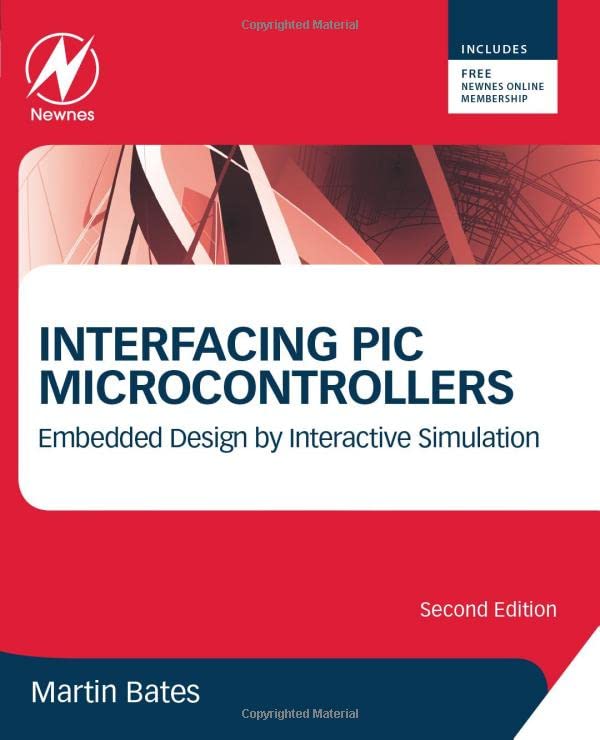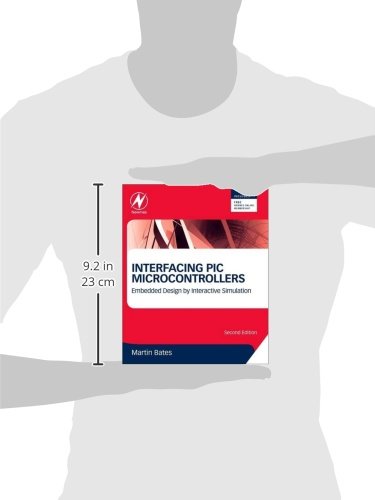Customer Services
Copyright © 2025 Desertcart Holdings Limited
Desert Online General Trading LLC
Dubai, United Arab Emirates




Interfacing PIC Microcontrollers: Embedded Design by Interactive Simulation
H**I
This book is a good book for a beginner to learn how to interface ...
This book is a good book for a beginner to learn how to interface PIC microcontroller with hardware peripherals. I love it although there are not so many application examples and technical details of a PIC MCU. Many technical details of a PIC MCU can be found in related datasheet which can be downloaded on Microchip website. Technical details of different PIC MCUs used to vary but the working principle is the same. Even if you do not have Proteus VSM, using this book with a PICDEM development kit or the new released curiosity board with PIC16F1619 and a free MPLAB X IDE which can be downloaded on Microchip website, you can practice with ASM coding.
B**H
This book is a waste of money
This book is a waste of money. All examples are in assembler and most if it is the author just telling you how there are all these things you can do with the PIC and very little on how to actually do it. If you buy and read this book, you will be in pretty much the same place you would be if you have never seen it.
S**R
Proteus is the Future of Simulators
I own the earlier version of this book and was delighted to see the new release. The ONLY thing keeping this from 5 stars is the Description once again left out the fact that the book is based on the Proteus development program. This is NOT a problem, since Proteus allows a FREE DOWNLOAD of their fantastic and comprehensive schematic capture, circuit simulation (PIC16F included free) , layout, and more; Integrated-do-everything-package. No, I have zero affiliation with LabCenter or their staff. Buying Proteus is also a bargain and of course allows you to simulate your whole prototype PCB & Code in the computer, skipping the time & expense of Rev0.xx iterations, yes really. The free version and the examples in the book allow you to reference the extensive built in library of, say, a I2C temperature IC; DS1820 as simulate the whole thing including code (free version won't save your work though). You can then take that code and circuit learning and apply it directly into your MPLAB or other suite as you please. Using the built-in SIne Wave generators and O-Scope, you can tweak you ADC-DAC code to perfect psuedo-analog with confidence. Proteus is well along the way to building a single suite that "does it all" and eliminates PCB prototypes. This book, is an excellent bridge to bring your work into that future, really. Proteus has many working SAMPLES built-in; try it, then buy this book. Cheers!
J**E
Where's The Beef ???
Glad I got this book on loan from my library and didn't buy it. I hoped it would have some info on interfacing a thermocouple to a uC. The book just gave passing mention of thermocouples and that was it. No circuits, nothing. I thumbed through a few other chapters and there just seemed to be mostly generic info and the occasional vague schematic. Not exactly the interfacing cookbook I was hoping for. A thin book in every sense of the word.
Trustpilot
2 days ago
3 weeks ago